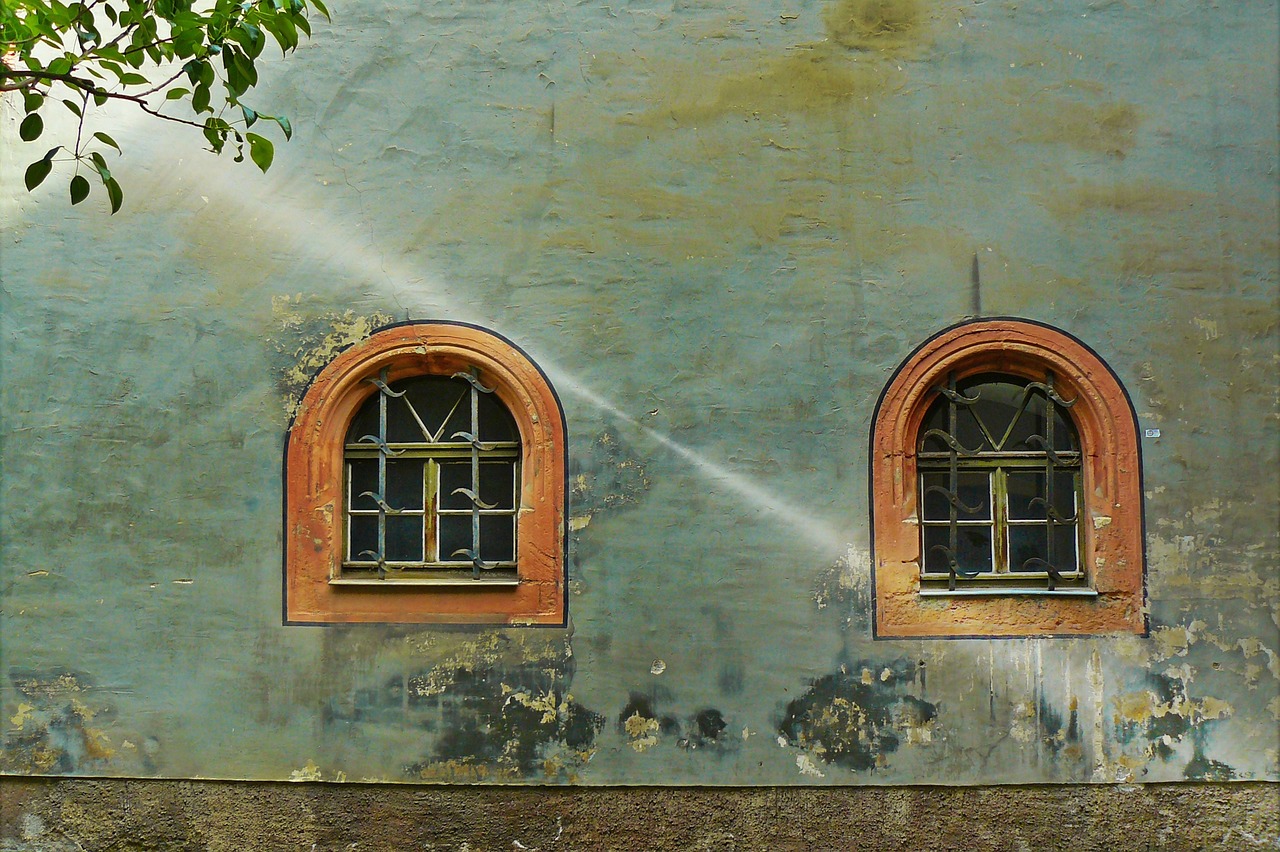Have you ever wondered what life was like in ancient Roman times?
Imagine walking through the streets of a bustling town, surrounded by grand buildings and vibrant markets.
Nikopolis ad Istrum, situated along the Danube River, offers a glimpse into this fascinating era.
Established in the 2nd century by Emperor Mark Ulpius Trayan, this Roman town was strategically located and meticulously planned with straight streets in an orthogonal scheme.
While initially lacking a fortified wall, Nikopolis ad Istrum later saw the construction of one, with the impressive Porta Romana serving as the main entrance.
The town boasted a sophisticated water supply system, public baths, shops, and even its own currency.
Despite its eventual destruction in the 7th century, ongoing excavations have revealed a treasure trove of artifacts, enabling visitors to step back in time and explore the rich history of this remarkable site.
Join us as we uncover the secrets of Nikopolis ad Istrum and discover the wonders of Roman civilization along the Danube.
Key Takeaways
- Nikopolis ad Istrum was established in the 2nd century by Roman emperor Mark Ulpius Trayan.
- The town was strategically located on a low plateau on the bank of the Rositsa river and at the crossing point of important roads in Lower Misia.
- The town was initially not fortified but later a fortified wall was constructed at the end of the 2nd century.
- Numerous discoveries have been made at the site, including remains of a cannonade, small theater, public buildings, shops, public baths, and floor heating.
Location and Establishment
Nikopolis ad Istrum, founded by Roman emperor Mark Ulpius Trayan in the 2nd century, is situated on a low plateau on the bank of the Rositsa river, 20 km north of Veliko Tarnovo, at the crossing point of important roads in Lower Misia.
The strategic location of the town allowed for easy access and trade between different regions. One of the key factors that contributed to the importance of Nikopolis ad Istrum was its water supply. The town was supplied with water through water mains, ensuring a reliable source of water for its inhabitants.
Additionally, the historical significance of the destruction of Nikopolis ad Istrum in the 7th century during an attack by the Avars cannot be overlooked. This event marked the end of an era for the town and highlights its turbulent past.
Town Planning and Fortifications
The ancient town in question was carefully planned, with straight streets laid out in a grid pattern, and fortified with walls constructed at a later stage.
This town layout and the defensive structures it incorporated provided significant strategic advantages for defense purposes. The orthogonal street layout allowed for efficient movement of troops and resources, while also facilitating surveillance and control of the town.
The fortified walls, constructed at the end of the 2nd century, acted as a physical barrier against potential attackers, further enhancing the town’s defensive capabilities. These defensive structures would have served to deter and repel any hostile forces, ensuring the safety and security of the town and its inhabitants.
The combination of a well-planned town layout and fortified walls demonstrated a thoughtful approach to defense, reflecting the importance placed on safeguarding the town against potential threats.
Discoveries and Excavations
Excavations at the ancient town have unearthed a variety of significant discoveries, including remains of a cannonade, a small theater, public buildings, shops, public baths, and evidence of floor heating. These remains and artifacts have provided valuable insights into the historical significance of Nikopolis ad Istrum.
The discovery of a cannonade suggests that the town had a military presence, possibly for defense purposes. The small theater indicates that the town had a thriving cultural scene, with performances and entertainment for its inhabitants.
The presence of public buildings and shops suggests a well-organized and prosperous town. The public baths and evidence of floor heating highlight the advanced engineering and technological capabilities of the Roman civilization.
These discoveries shed light on the daily life and societal structure of Nikopolis ad Istrum, making it an important archaeological site for understanding the Roman Empire in this region.
Frequently Asked Questions
What is the significance of the name "Nikopolis ad Istrum"?
The name ‘Nikopolis ad Istrum’ holds great historical significance as it signifies the town’s connection to the victory on the Danube river. This name reflects the Roman emperor’s commemoration of a significant military achievement and the town’s location near the river.
How was the town of Nikopolis ad Istrum destroyed?
The town of Nikopolis ad Istrum was destroyed in the 7th century during an attack by the Avars. This event holds historical significance as it marked the end of the town’s existence and led to its eventual abandonment.
Are the ruins of Nikopolis ad Istrum accessible for tourist visits?
The ruins of Nikopolis ad Istrum are accessible for tourist visits. However, it is important to note that the accessibility for disabled tourists may be limited. Nearby accommodation options can be found in Veliko Tarnovo.
What are the opening hours for visiting the ruins of Nikopolis ad Istrum?
The opening hours for visiting the ruins of Nikopolis ad Istrum are from April to November, 9:00-17:00. The name ‘Nikopolis ad Istrum’ signifies the town’s victory on the Danube river.
Where can I find more information about visiting Nikopolis ad Istrum, including contact details for the tourist information center and historical museum?
For information on visiting Nikopolis ad Istrum, including contact details for the tourist information center and historical museum, please refer to the Tourist Information Center in Veliko Tarnovo or visit the website http://www.velikoturnovo.info/bg/. The contact details for the tourist information center are Tel: +358 62 622 148, +359 887 659 829, E-mail: tic@velikoturnovo.info, office@velikoturnovo.info. The contact details for the historical museum are Tel: +359 62 682 511, E-mail: rimvt@abv.bg, Website: www.museumvt.com.










